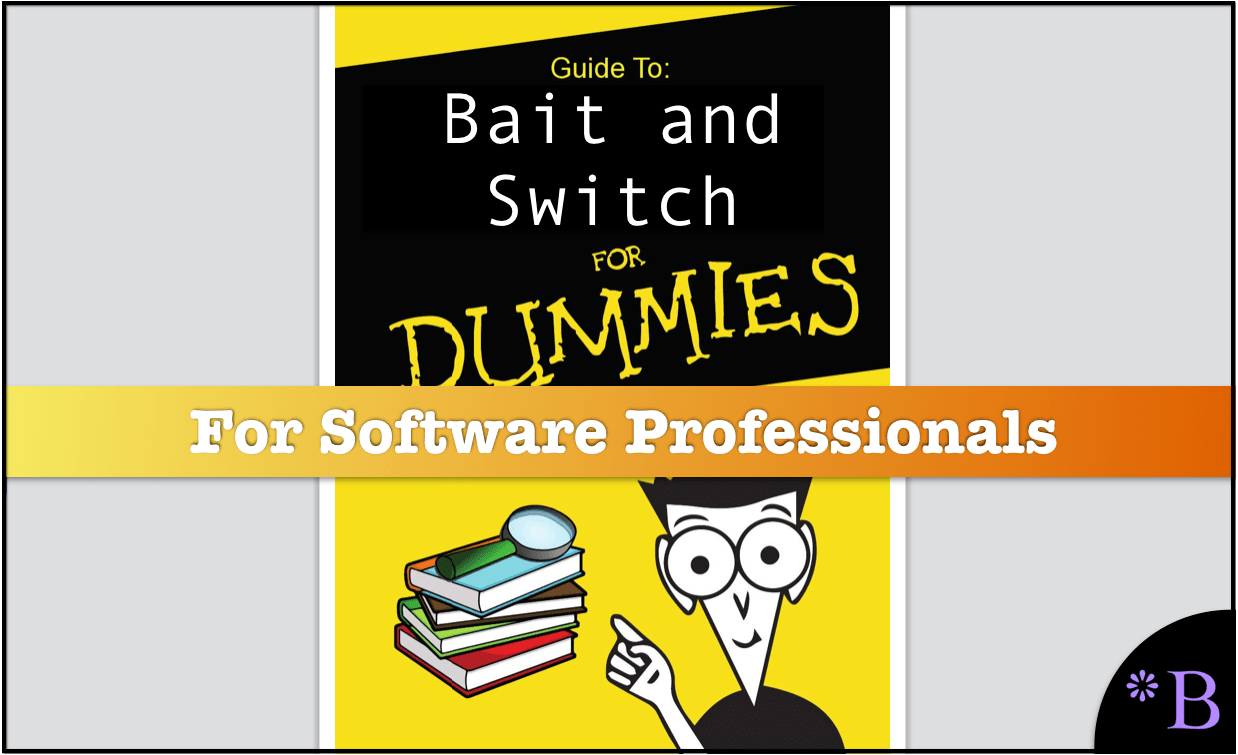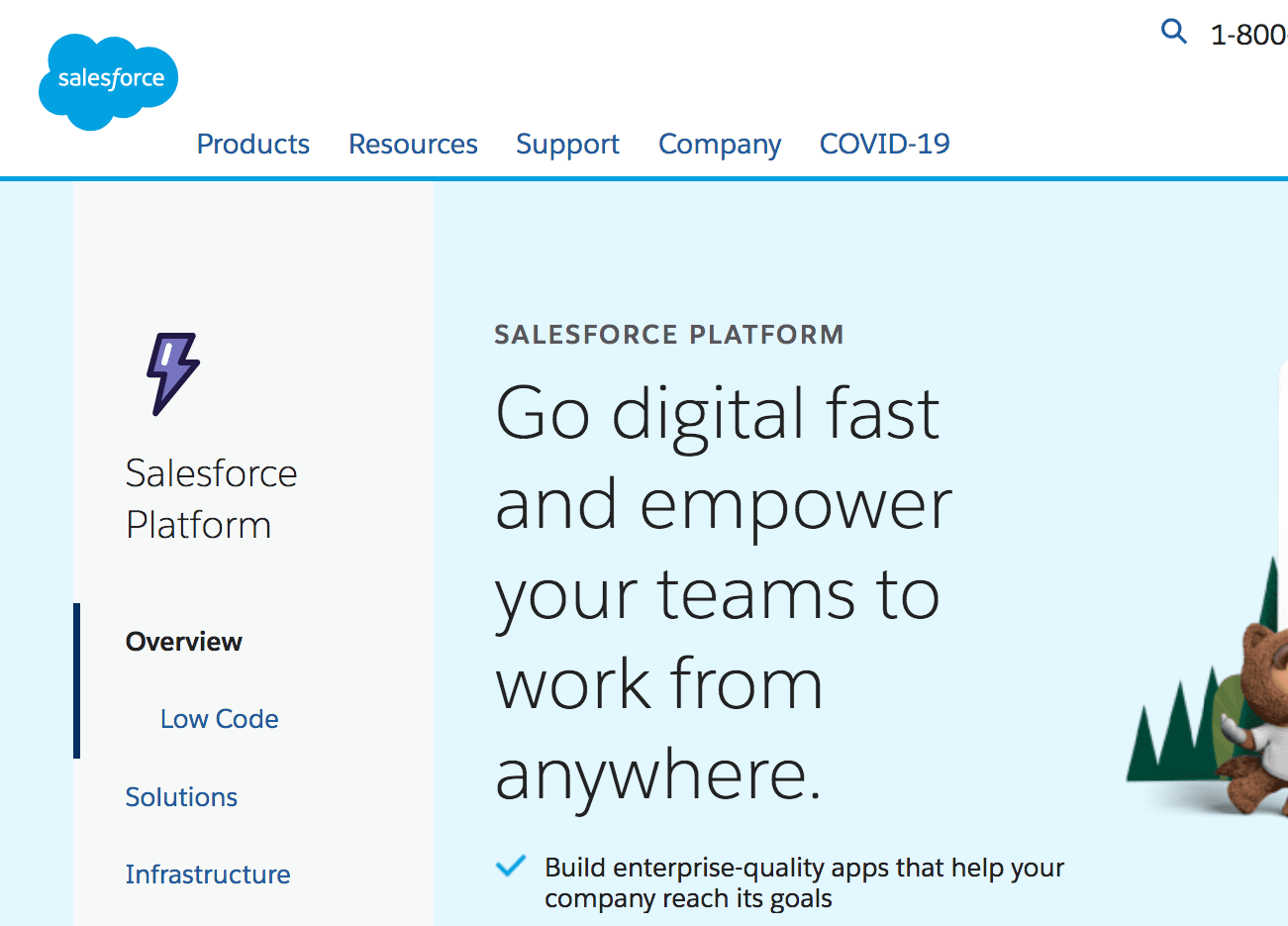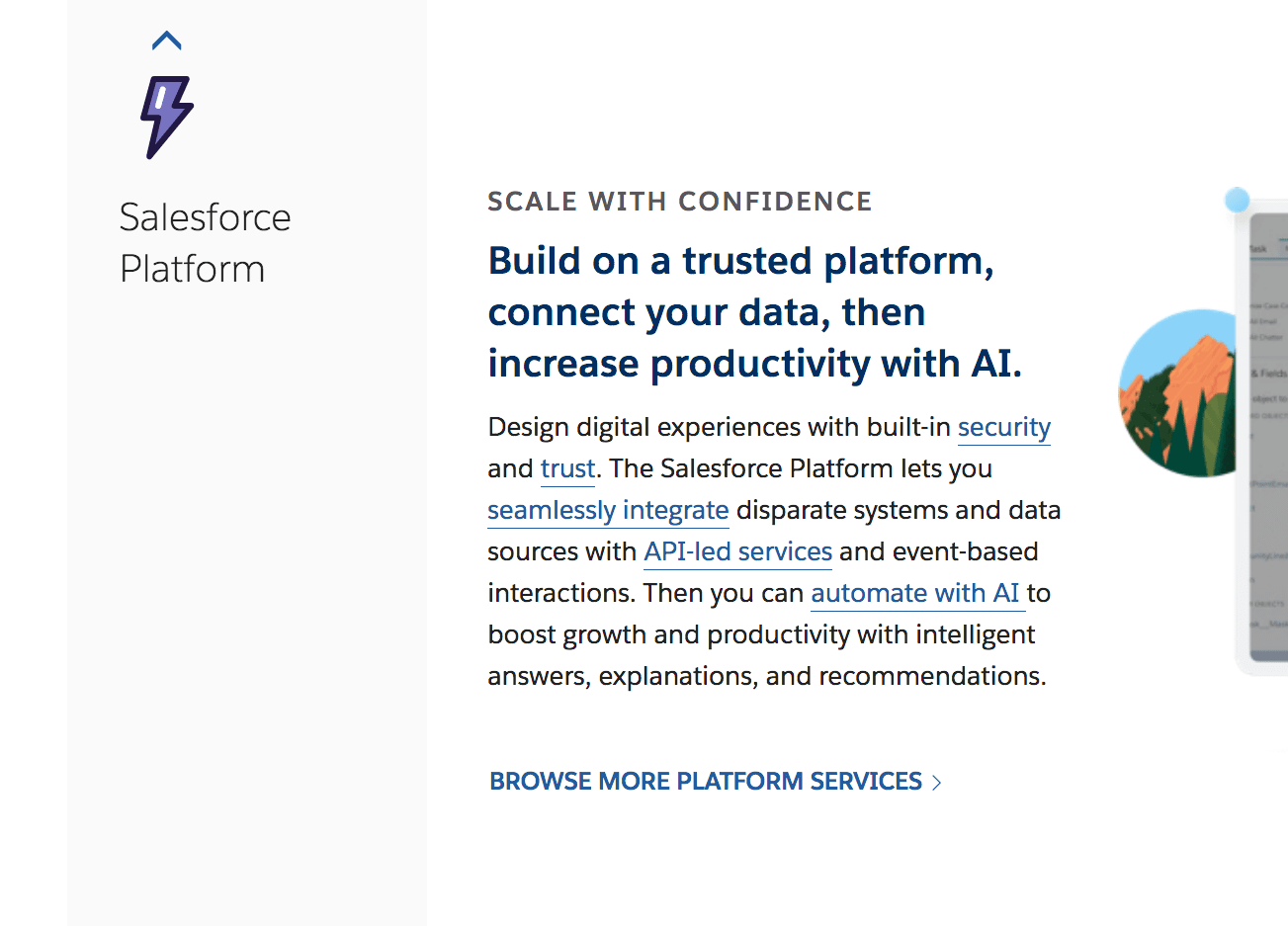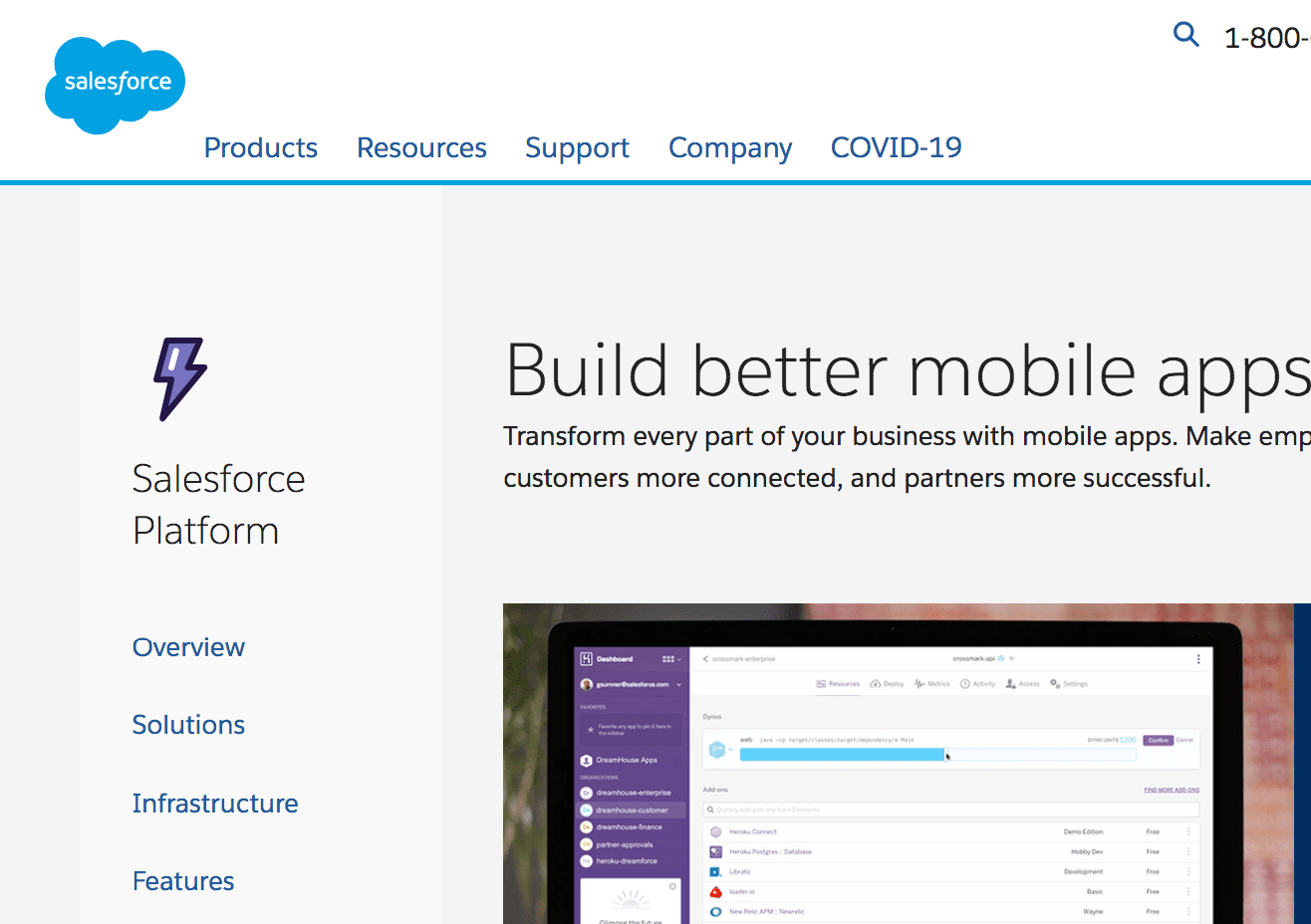The Complete Idiot’s Guide to Enterprise Software Sales Bait and Switch
Executive Summary
- Selling and implementing enterprise software requires using bait and switch tactics on customers.
- In this article, we will illustrate how to bait and switch your account!

The image above is not a real book, not an attempt to say that the publisher would publish it. It is a parody of a book published but would be for actual idiotic people.
Introduction
To sell software, salespeople must bait and switch their prospects. It’s how SAP does it, it is how Oracles does it, and it is the software sales professional’s primary tool for getting that software sold and getting that crushing that sweet, sweet quota. This article will show you how to do it.
Our References
See our references for this article and related articles at this link.
Why Are Baiting and Switching So Critical to Software Sales?
Customers don’t know what they want, and you need to get software sold. The truth is complicated, and nothing moves software out the door faster than simplistic platitudes.
This is where you come in.
Secondly, the history of bait and switch has a robust history in software, and there is a reason that it works so well.
Still unconvinced that baiting and switching is for you?
Well, let us review some tried and true bait and switch techniques.
The Bait and Switch Hit List
These are some of your top enterprise software bait and switch opportunities.
B&S #1: “The System Is (85%, 90%, 95%) Out of the Box!”
Oops..
What the customer will only find out later is that there is nearly always a lot of customization. However, regardless of how many times this B&S does not work, “out of the box functionality” is music to the ears of CIOs everywhere.
What do you do when your customer comes back on you?
That is easy.
That is why the term “best practices” was coined in the first place. You tell your customer that they are not following best practices in their implementation. This is true, jujitsu. You take your lie and flip it back on them.
How do they know that your software does contain best practices?
Because you tell them it does!
B&S #2: “This System Will Replace All of Your Legacy!”
Ooops..
After several months, it turns out that that stuff you called legacy will need to stick around a while longer. This is because your solution does not have the logic customized for your customer and that you dismissed easily (without evaluating any of their systems) as legacy!
It’s hilarious. Customers are such chumps!
B&S #3: “You Need to Use our Development Tools!”
Ooooops…
After the customer begins using your development tools, they will realize that they are inferior to standard development languages and tools and open source options they could have accessed without ever talking to you.
This one is important because it allows you to lock them into your technologies further. Both SAP and Salesforce do a great job of overpromising their development tools.
Salesforce wants customers to use the Salesforce Developer Platform. Let us take a look at this great lock-in mechanism.

Ok, this is how it is done. Salesforce is offering its customers a Low Code environment. That means they can tell their CIO prospects that they can save enormous amounts of money by firing their development team and having business users develop in the easy to use Low Code environment. Naturally, the development productivity will go through the roof.

Hmmm….look at those words. Seamless integration. AI. Automated AI even (wait, isn’t AI already automated? Never mind).
Yes, you get all of this by just using Salesforce’s “platform.”

Yes, yes, and more yes! Now Salesforce is the answer for mobile as well. What makes Salesforce an authority on the development tools and on mobile development for their customers? Well, The fact that Salesforce has created a bug-infested CRM system with a crickety technology underpinning makes them the experts on custom development.
Lessons From Salesforce
Let us take the necessary lessons from Salesforce as they give us an example here of how to sell.
- Remember, you need to explain everything is easier if your customer buys more and more from you!
- Don’t sell “just an application.” Sell a dream of interconnected things.
- As they buy more and more, their ROI goes up and up and up!
Your Sales Manual

This is one of the best sales books ever written. Some people say it is not a sales book, but I’m afraid I have to disagree.
See this excellent sales instruction.
The reason for Stockholm syndrome developing in such circumstances is still debated, however, the most viable belief is that the human’s natural instinct for survival rushes to the forefront of the person’s subconscious.
In the case of a kidnapping or hostage situation, the best line of defense is to align with a person’s captor to prolong their lifespan. The victim’s need to survive is stronger than his impulse to hate the person who has created his dilemma.
Stockholm syndrome is also common amongst cult members. Because, in the case of many cults, a person has willingly given over their livelihood to a leader or group of leaders. This kind of ‘voluntary’ Stockholm syndrome which people enter into, therefore bypassing the trauma which comes with being taken, hostage.
Remember, you don’t need to take people as hostages to leverage Stockholm Syndrome. You only need to get your prospect to sign their name to false assumptions before they become part of the lie.
The more false the assumption, the more powerful the motivation.
Once implicated, they will look to you as their way out of the situation. You then become their hero.
How to Think of Your Customers: And How to Get Them to Think About You
You need to look at your customer as if you want to make them your prisoner.
The more you cut off their options, pretty soon they are locked up in your downstairs basement and reliant on you for food and water and even your approval. This is, of course, just an analogy, but this is the psychological intent.
When highly dependent, they will begin to feel a type of Stockholm Syndrome for you. The goal is to get you to see them as their primary and really the only option. Remember, the world is a big dangerous place, but you are their friend.
B&S #4: The Lord of the Rings Analogy
“It is one system, one system or record, one singular source of truth, one integrated system, one solution, one ring to rule them all!”
Ooops..
Your customer will learn that your system is just another system that has to be integrated into other systems. ERP vendors are fantastic as this.
When ERP systems were first introduced in the 1980s, ERP vendors stated that..
“ERP systems would be last system companies would ever buy.”
And how did that work out?
After doing this to get in the door, ERP vendors began buying vendors in other areas and then pushing these products into the accounts using ERP as a sort of wedge. Were any ERP vendors ever held accountable for this bait and switch?”
Absolutely not!
None of the IT decision-makers could remember the false assumptions on which they made the initial purchase.
Oops, Oops, Ooops, Oooooooooooooops….
Enterprise software sales and implementation is one “oops” moment after another. The only question is whether you are going to make those “oops” moments your customer experiences to be with your software or with your competitor’s software.
And that is why when you want to sell, bait and switch is your best friend.
Conclusion
As a software salesperson, you can bait and switch your customers as much as you want. Because IT decision-makers have the memories of either a dog or a 5-year-old child, they can’t remember the assumptions upon which they purchased software. They are utterly dedicated to hiding their mistakes from the companies they work for. All of this is a win, win for you because people that can hide their Easter eggs are the perfect customer to help you attain that sweet quota.
So remember this little jingle,
“When in doubt, bait and switch your way to sales quote clout!”